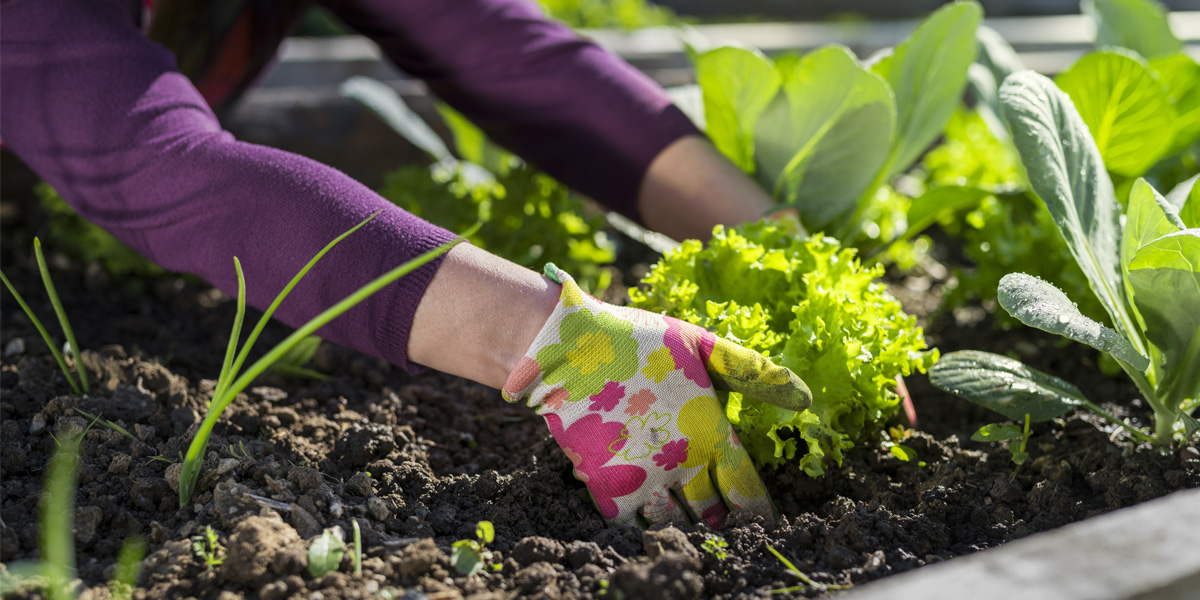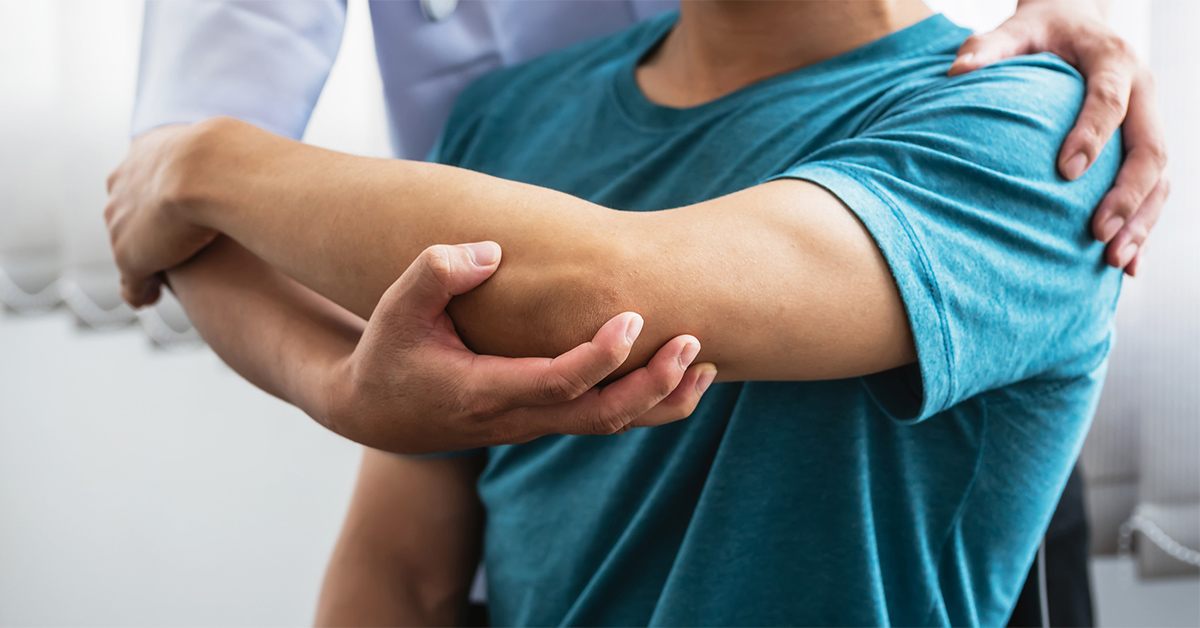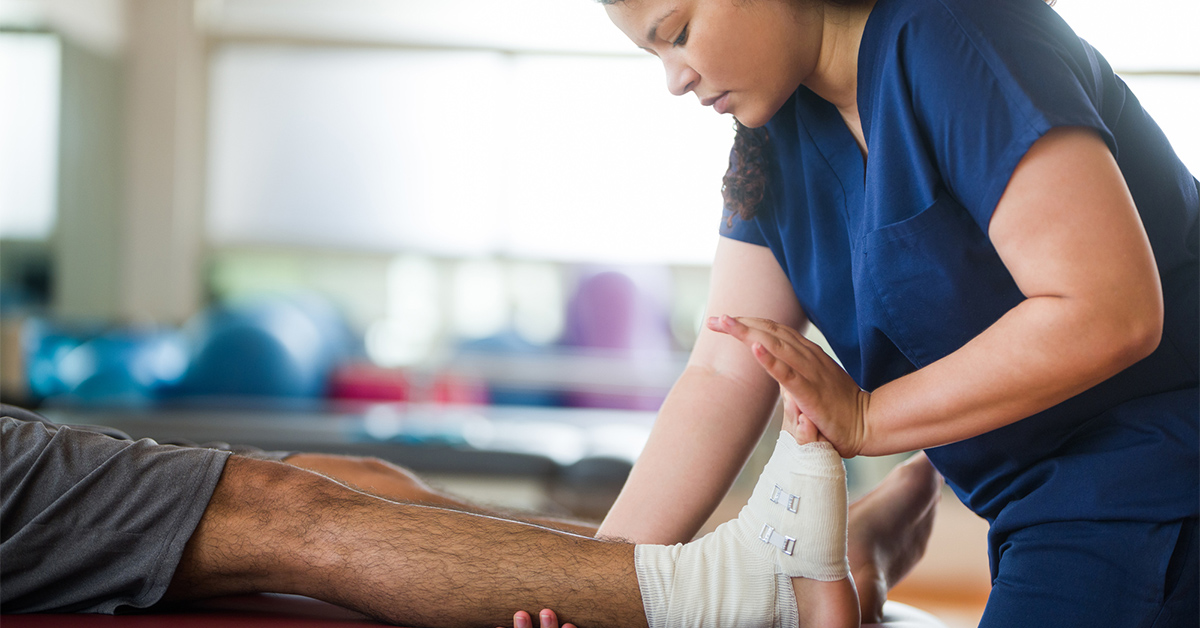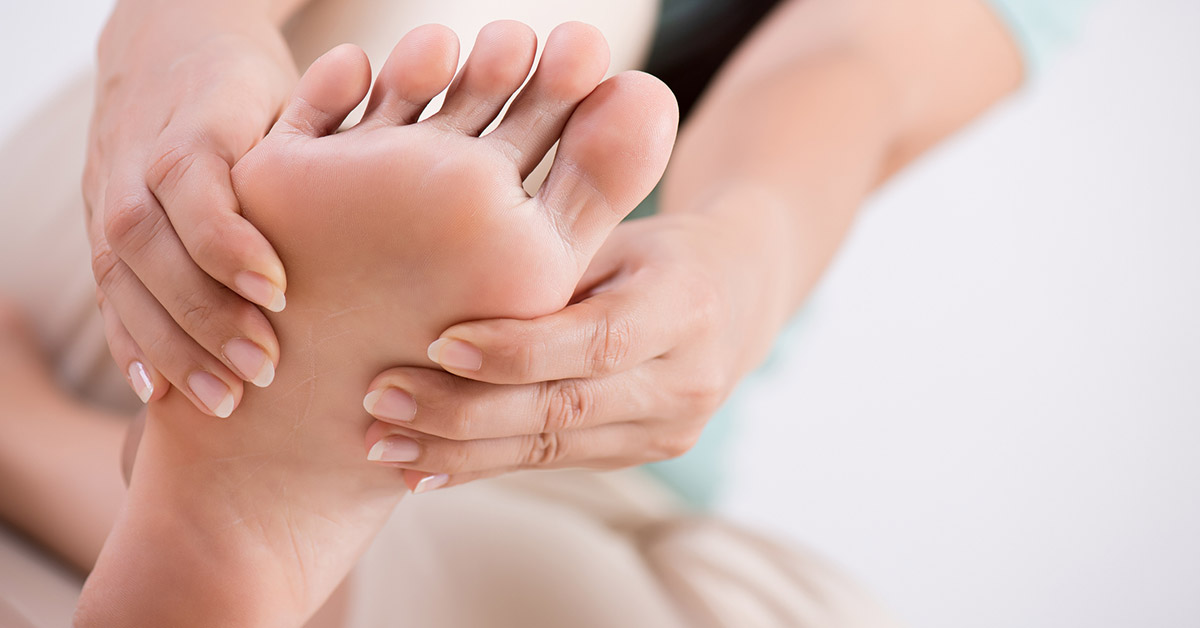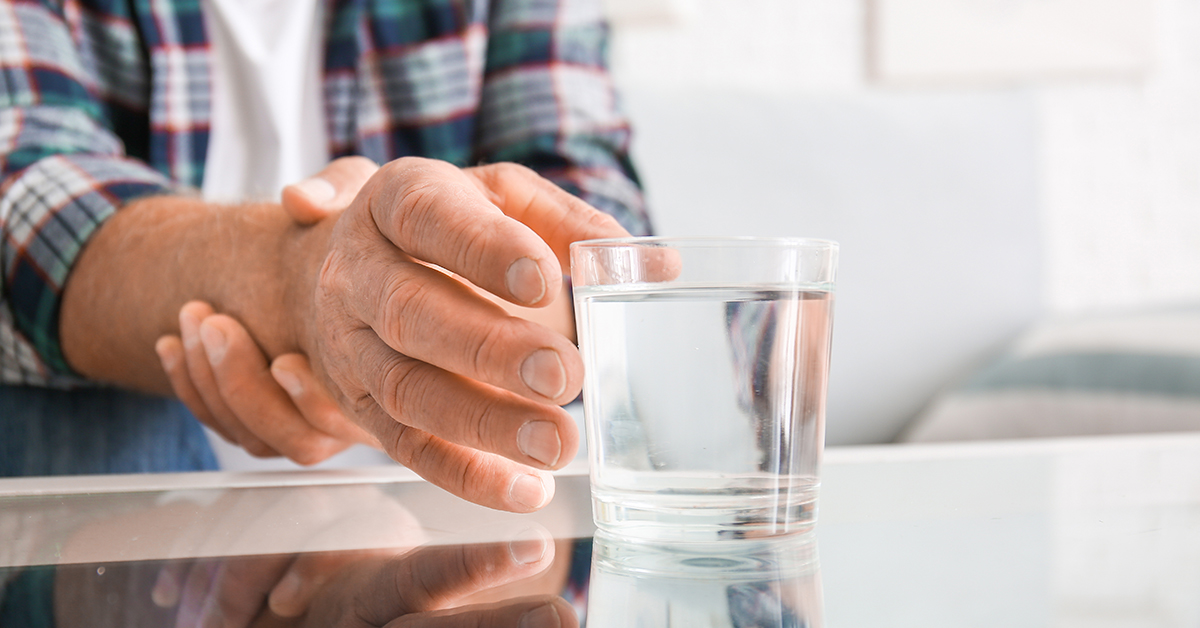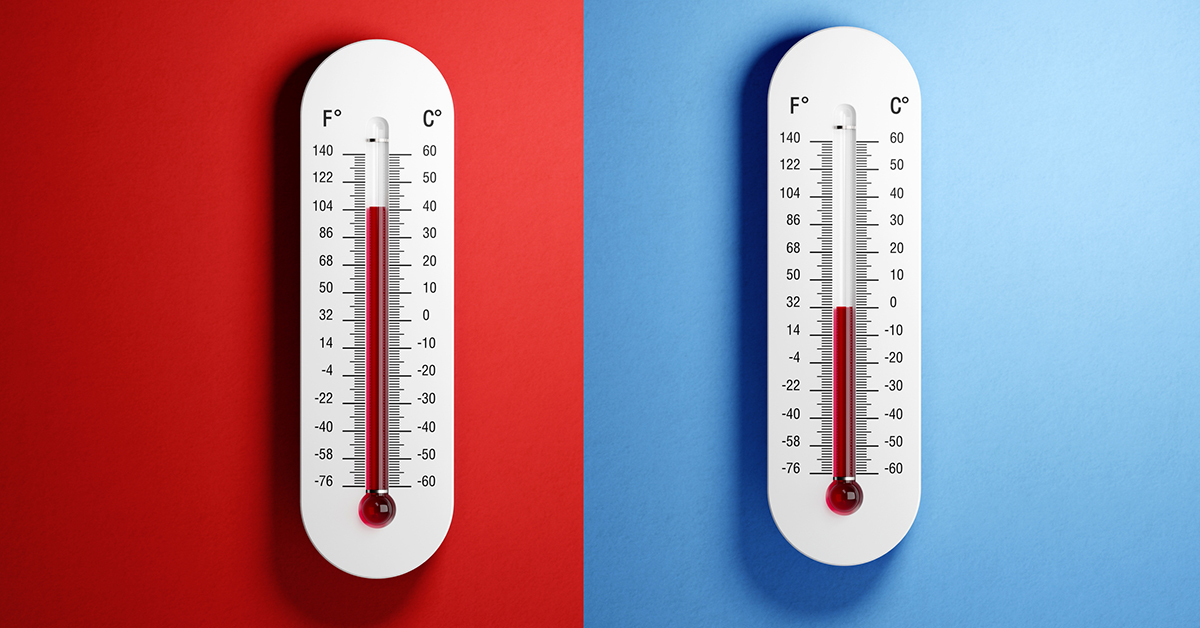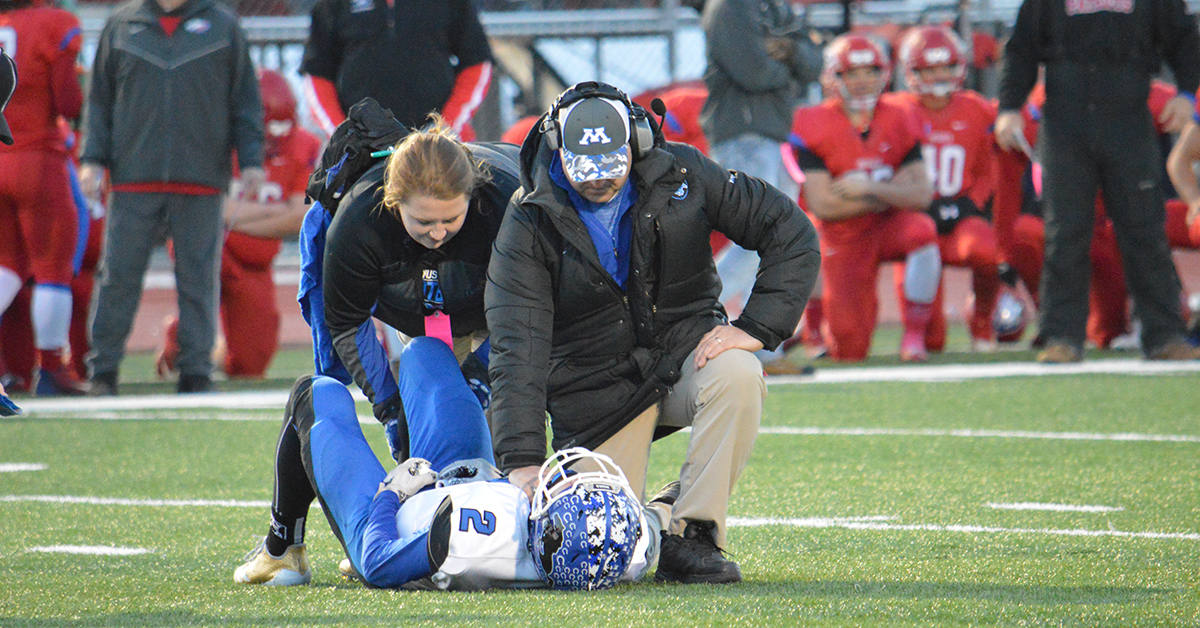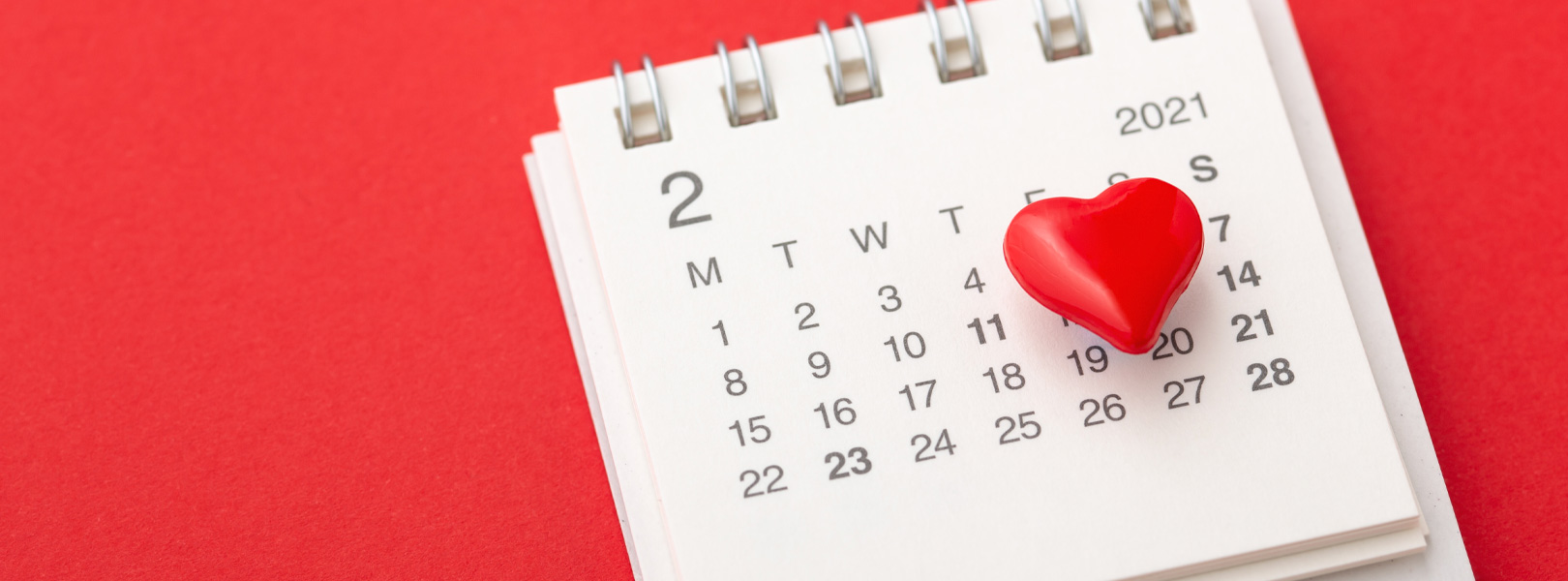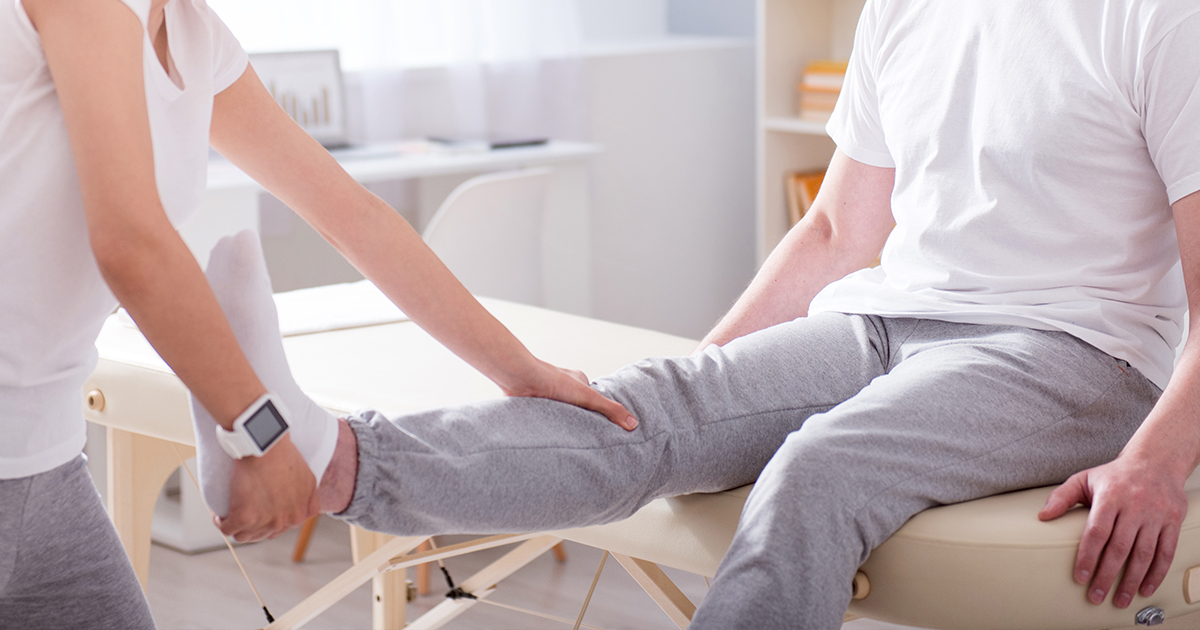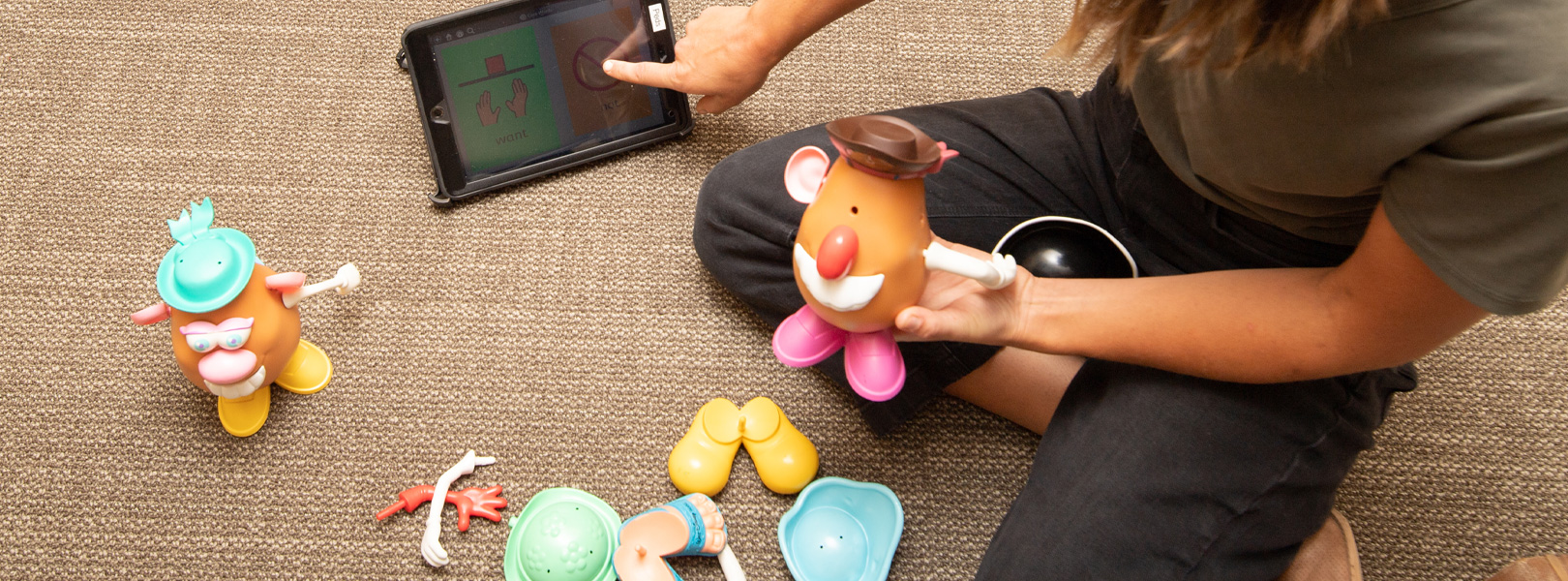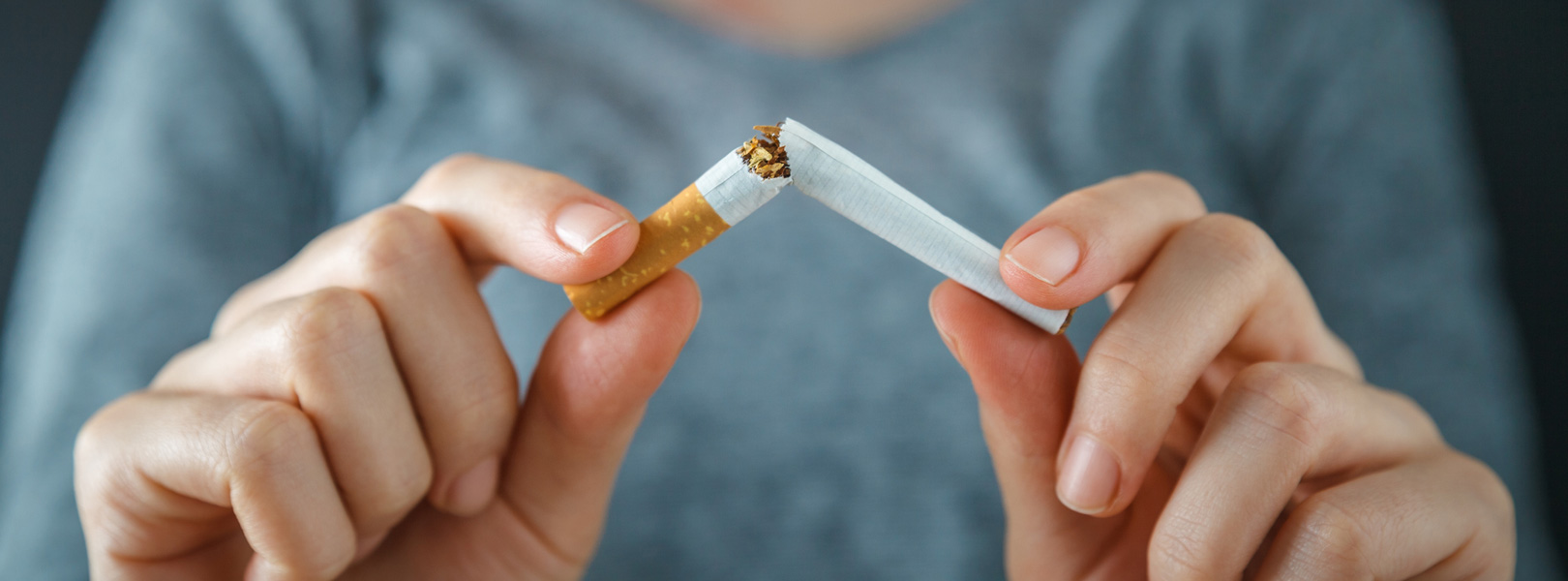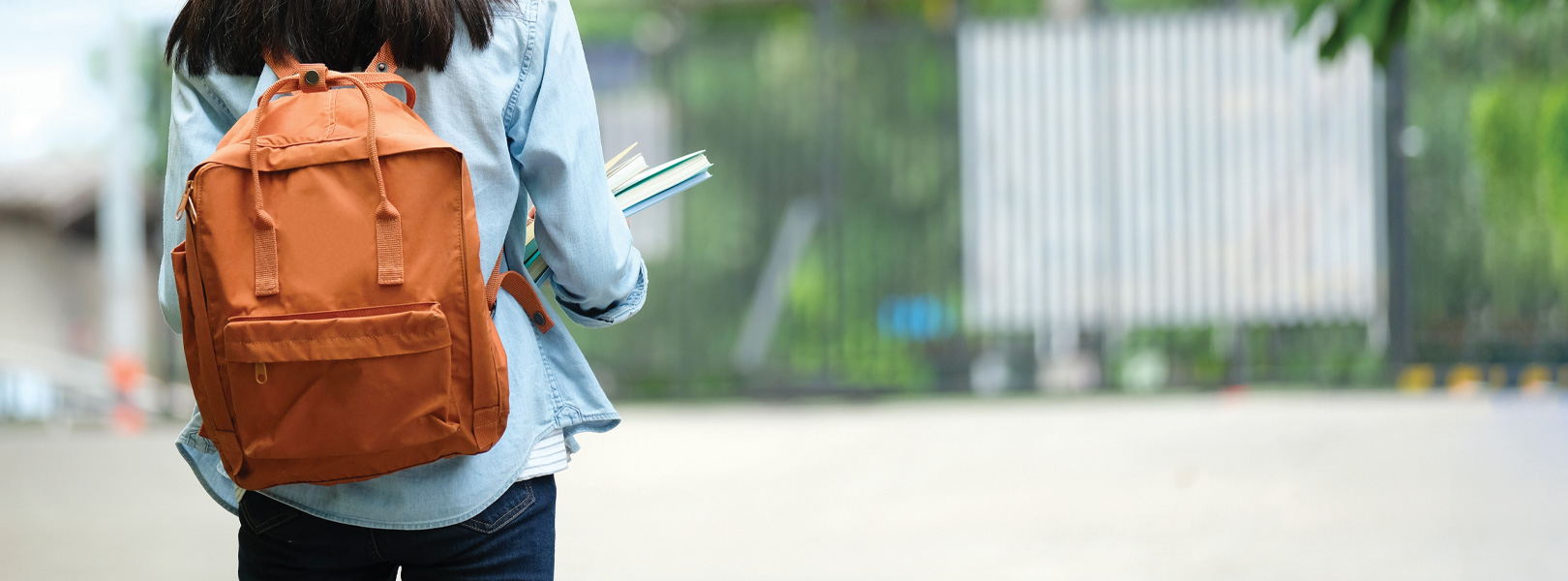Pain in your green thumb?
If you love planting flowers or cultivating vegetables — and you have some success at the venture — you likely have a “green thumb.” But if you’re not careful, you could develop a “gardener’s thumb” or de Quervain’s tenosynovitis (pronounced da-KWUHR-vanes teena-sine-ah-VITE-us). It’s soreness and inflammation in the base of the thumb (near the wrist) that’s actually a form of tendonitis. Think “golfer’s elbow” or “tennis elbow,” a repetitive-use injury relatively common in the activities that bear their name.
A gardener’s thumb is characterized by repetitive motions including squeezing, wringing, grasping or pinching. These types of actions are associated with using pruning shears, pulling weeds, planting flowers and undertaking other gardening tasks. Interestingly, the condition is also called “Mommy’s wrist” or “Mommy’s thumb” as de Quervain’s tenosynovitis is also common among mothers of infants who are constantly picking up a baby and extending their thumb. De Quervain’s tenosynovitis is most common in people ages 35-50 and more common in females than males.
What to do for the pain
If you’re experiencing this type of pain, the best thing to do is to rest your thumb. You also can apply ice, which will help reduce any swelling. You can also take an over-the-counter medication such as acetaminophen (Tylenol), ibuprofen (Advil) or naproxen (Aleve) to relieve the pain and swelling. Wearing a splint at night could help rest the compressed nerves in your wrist; a split that includes a thumb to help rest the (thumb) tendon and encourage healing.
If you’re still in pain after trying these home treatments, come visit us at Welia Health. We have hand therapy specialists who are trained to alleviate hand pain, provide you with exercises to strengthen your wrists and hands, and improve their overall function. In addition to occupational therapy, medical treatment for thumb pain might include topical analgesics to relieve pain, prescription pain relief medication, steroid injections or surgery.
How to prevent gardener’s thumb
Once you’ve successfully reduced the pain, you want to avoid it coming back. Or, if you’d like to avoid gardener’s thumb in the first place, here are some tips.
- Use a tool when you can. Avoid using your hands when there is a tool that can tackle a job more quickly and more easily. And there is a tool for everything!
- Select tools that are lightweight and easy to grip, such as those with larger handles as they will lower the strain on your finger joints when gripping. There are also ergonomic handles, often shaped like an “L,” that are designed to reduce the grip force.
- Keep your tools in good condition. Make sure they are clean, well-oiled, and sharp, reducing the force needed to use them.
- Wear gloves with a rubber section on the palm and fingers. This helps make gripping tools easier.
- Rest periodically and/or switch activities. Try to switch up activities every 20 minutes to avoid repetitive-use injuries.
- Carry pots with two hands. When you use just one hand, you’re putting too much strain on the thumb with the required pinching motion. Spread the load by carrying pots or other equipment with two hands.
- Spread the activities over a few days. Don’t try to do everything at once.
Remember that the Welia Health team is always here to help. Our certified hand therapists see patients in Hinckley, Mora and Pine City. To learn more and make an appointment, call Rehabilitation Services at 320.225.3356.


